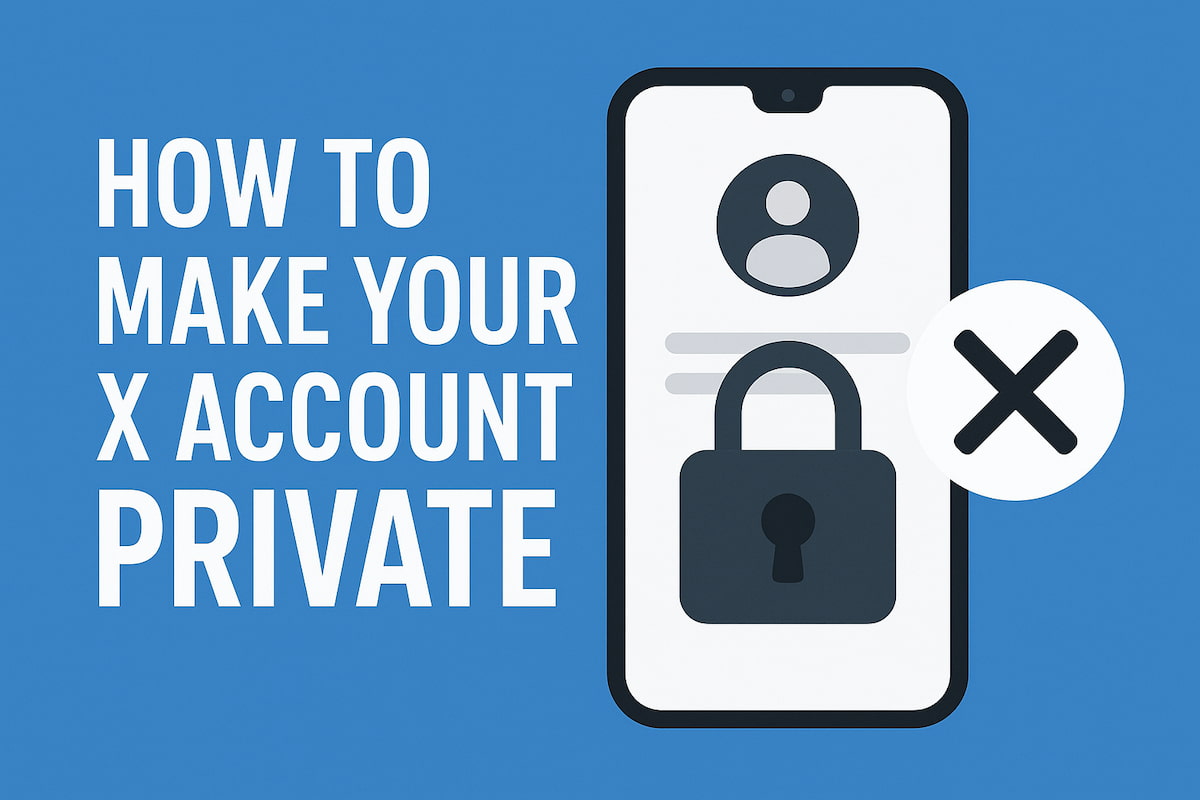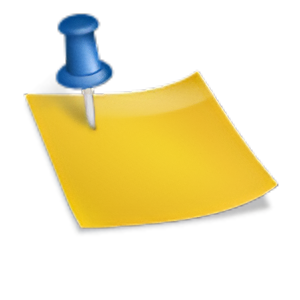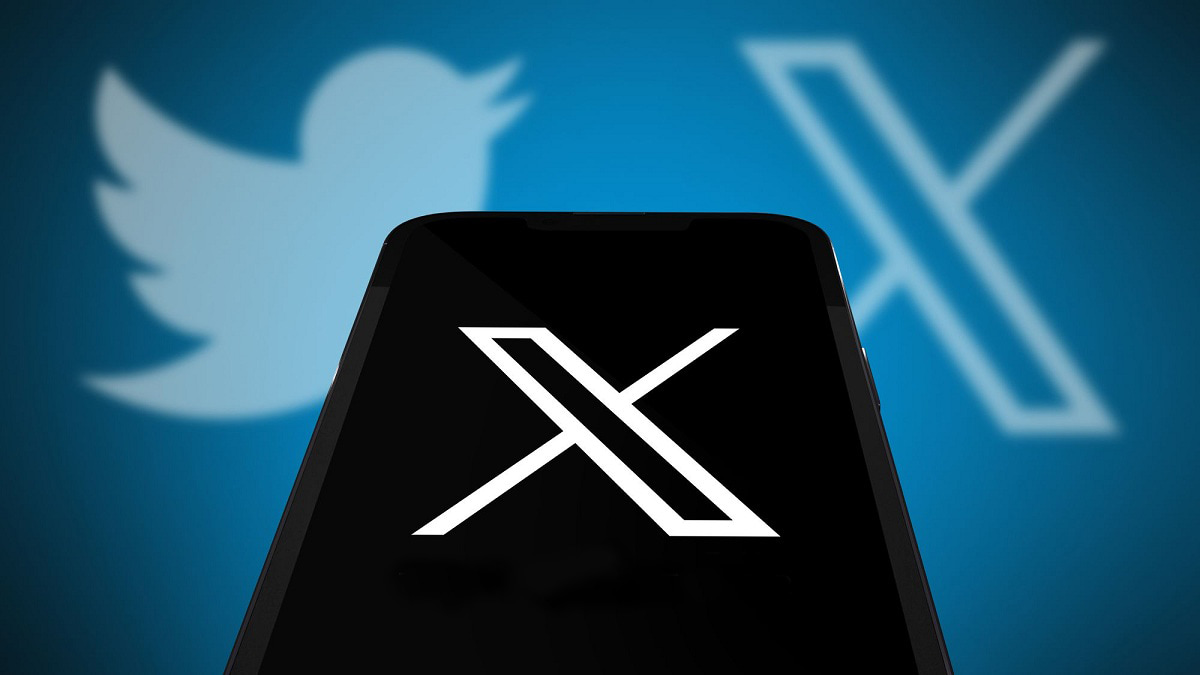A Twitter chat is where a group of users meet on Twitter in order to discuss a specific topic, at a scheduled time. This usually takes place within an hour slot, at the same time each week and can be predefined by a list of topics or questions as points of discussion. A chat could be held about anything from Blogging, to Design, to Baking and the conversation is collected by a Hashtag that helps users to keep track of the conversation.
Twitter chats are a great way to learn how to use Twitter and a ‘quick win’ to boost followers and engagement. More importantly, they allow you to converse with other users who are interested in similar topics and can lead to great Twitter relationships, which can often manifest themselves in real life, in the form of new customers or contacts. Many brands and businesses are already taking part in Twitter chats and anyone is welcome to join or start their own chat. Before starting your own Twitter chat, it’s good practise to take part in others, so that you can learn how they work and what’s expected of both the host and participants. Once you’ve participated and have a good feel for how the chats work (plus have made some great new contacts!), you can choose to set up your own, following the simple guide below. Set Up Twitter Chat
Choose a topic and hashtag
Before deciding on a topic, conduct your own research on which topics are already out there and popular with your audience. There are lists available which help to show topics which are already popular in the UK and USA and which hashtags are already in use. Luckily, the hashtag can be anything you choose – either a keyword that’s associated with your brand or topic or something related to your brand name, which can be a single word or suffixed with the word ‘chat’. The more simple you can make this the better. For example, popular social media scheduling tool Buffer run ‘#Bufferchat’ a Twitter chat series that talks about social media, marketing and general working lessons. Another hugely successful Twitter chat is #Eventhour – a networking hour for anyone involved with events hosted by popular events publication Event News.
Choose something simple and easy to remember – Twitter chats are about engaging organically with people of similar interests and should never be about the hard sell, so focus on a topic rather than your brand and let the rest come naturally. The more transparent you can make the topic in the hashtag, the more chance you’ll also have of others stumbling across it on Twitter and taking an interest. If available, try also to obtain the handle that matches the hashtag you use (for example #eventhour is managed by @eventhour) as this can be a great way to moderate and promote the chat without spamming other users who follow your regular handle.
Select a time
Selecting a time that will suit all audiences can be tricky. If you decide to aim primarily at a UK audience, or an even smaller audience such as a County or City (see #CambsHour as an example), this will make things much easier and the only real consideration will be choosing a time that’s convenient and that doesn’t clash with any other popular hours in your industry. Not everyone will have access to Twitter throughout the working day so try to accommodate yours within lunchtime or in the evening where possible. Twitter chats are usually held within an hour slot, so something around 3-4pm or 8-9pm would work perfectly.
If you are looking to invite audiences across the world that suit both sides of the USA, as well as Europe and further afield, this may be more tricky. Use a tool such as World Time Buddy where you can consider the times throughout different zones until you find one that fits – for example, 9am PDT is 5pm GMT, 9pm GST and 12pm EST, which is an option that could work well for all four of these audiences.
Once you have chosen a topic, time and hashtag register this on Twubs, which allows you to register hashtags as well as scan through previous chats.
Plan engaging topics of conversation
Once you have chosen the topic of your chat, start thinking of topics and questions that you can use to promote discussion. Think about current issues or challenges within your industry, looking to blog posts, LinkedIn discussions and other Twitter chats for inspiration. The majority of Twitter chats are an hour so 3-4 predefined topics or questions are usually enough to get things going, but some moderators choose to think of more, for a faster paced chat. If you do decide to inform participants on the theme or topics in advance, try to host them on a website or blog and stick to the same URL each week, so that people know where to return before the chat. You could also create an online calendar where users view the information, while also adding the event to their own calendar. Number each question or point of discussion, so that participants can refer back to it throughout the Twitter chat and can anticipate the next question.
Don’t be put off if halfway through, your Twitter chat starts to take a different direction to the one you had originally planned. Go with it and take the direction of your participants – the chat is for them after all and this often makes for the best conversation.
Promote your Twitter chat
Before your chat begins try to promote it as much as possible, through either your own Twitter account or the one you have setup specifically for the chat. Introduce the hashtag and tell people what it is all about. Write a blogpost or send an email out to your database, inviting people along, to build interest. If there are specific users you follow on Twitter who you feel could benefit from getting involved, send them a personal tweet and invite them, telling them how much you’d value their input.
For those who want to manage and visualize their databases more effectively, sharing useful tools like a reliable Postgres GUI can spark even more engagement during your chat.
Don’t be worried if your first few weeks are quiet. Ask employees or friends to get involved and before you know it, the interest will grow. The great thing about Twitter chats is that they almost grow themselves! After the first few weeks where your main priority will be building an audience, you’ll often find that people join of their own accord or come across the hashtag on Twitter and decide to join in. The more participants you have tweeting, the more the message will be shared and the more popular your Twitter chat will become.
Moderate and respond to participants
Once your hour begins, you need to be prepared for an influx of tweets, with many different conversations going on at once. This can seem overwhelming at first, but is a great experience and more importantly – it’s fun! To start things off, ask your participants to introduce themselves and their interests. This is a good way of ‘warming’ everyone up and getting them used to interacting with other participants. Once you are a few minutes into the chat, ask your first question to get the conversation rolling. Number the question so that it’s clear which one people are responding to and follow with the hashtag, as shown in the example below:
Q1. How many mobile devices do you have and which is your favourite? #digiblogchat
— Larry Mount (@LazBlazter) November 4, 2014
From then on, your job is to moderate the conversations, responding to questions, introducing questions and generally keeping the conversation flowing. This part is very similar to being a host at a party, as you’ll need to keep the conversation flowing, welcome new users and make an effort to introduce users to each other, all at the same time.
There are many tools you can employ to keep track of your Twitter chat and this is a great way of tracking the conversation and ensuring that you are able to respond to all users while the chat is going on. Hootsuite allows you to create a tab specifically for Twitter search results and Tweetdeck allows you to create a column that will show all of the results of your hashtag. Our own tool Twilert allows you to save the conversation, in an email format or history log, which can be referred back to at a later day. This is particularly useful for finding topics that can be introduced at the next chat and for using the results to create a visual summary, that can be shared with users.
Follow-up
Once your Twitter chat is over, thank your users for participating and remind them the date and time of the next one. Share with them a summary of the chat, either in a visual form, using the automated Twilert email summary as shown below, or as a Storify. Once you gain more confidence, you can begin to crowd-source questions for the audience or introduce guest moderators or Q&As with popular industry figures.
The more you put into your Twitter chat, the more you will get out and it is one of the best ways to network and create conversations on social media. To start monitoring your Twitter chat with Twilert, sign up to a 30 day free trial today.



